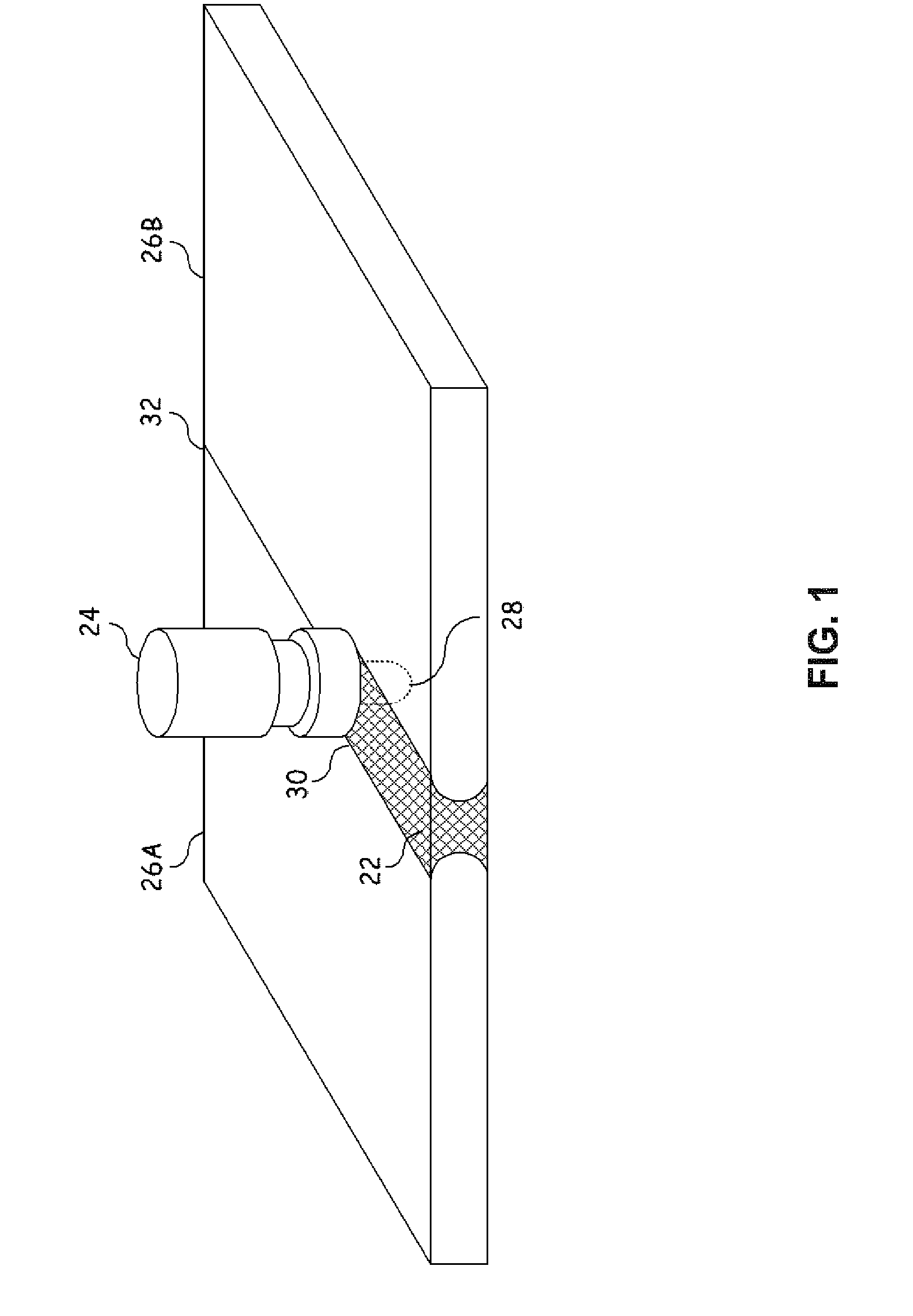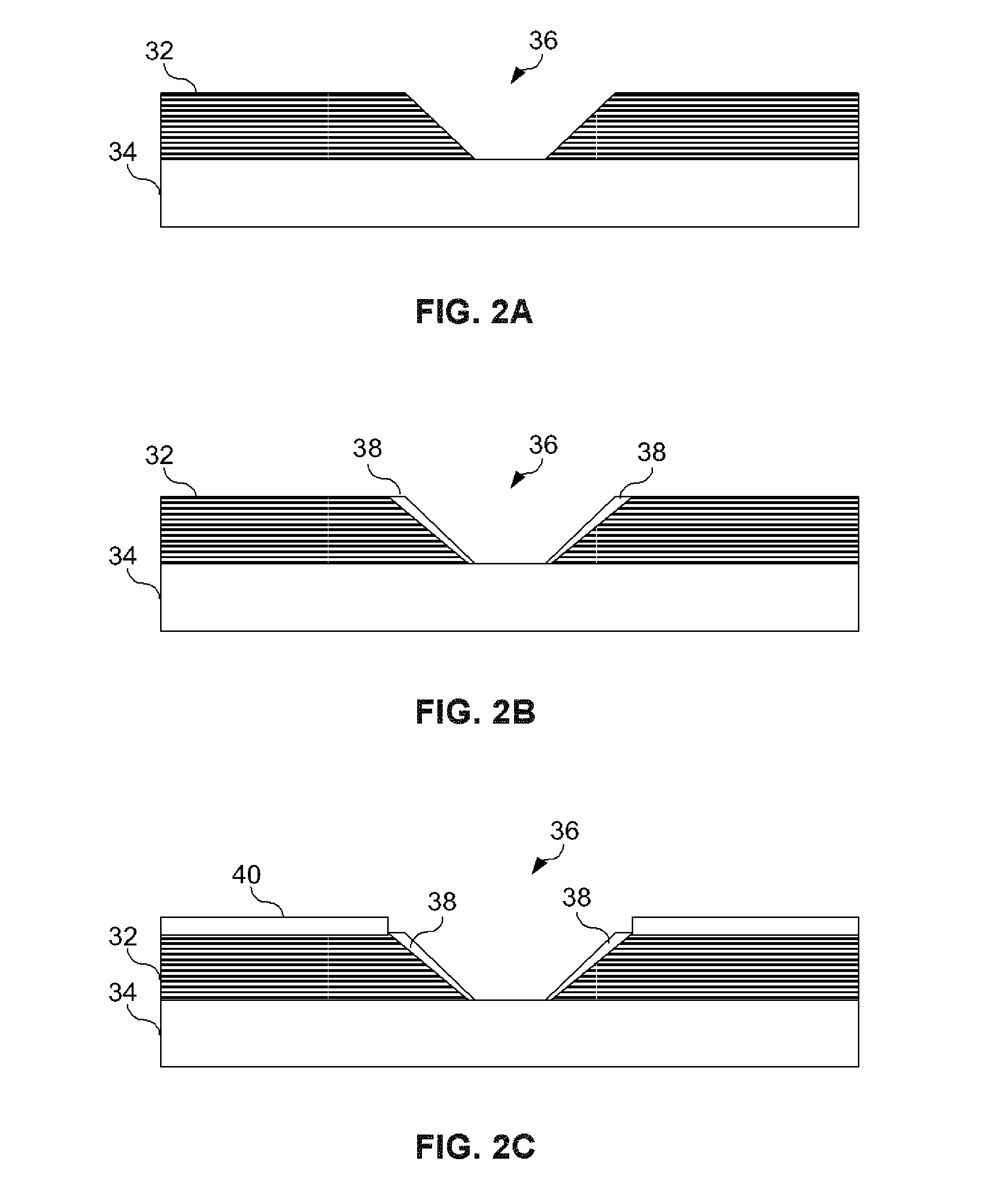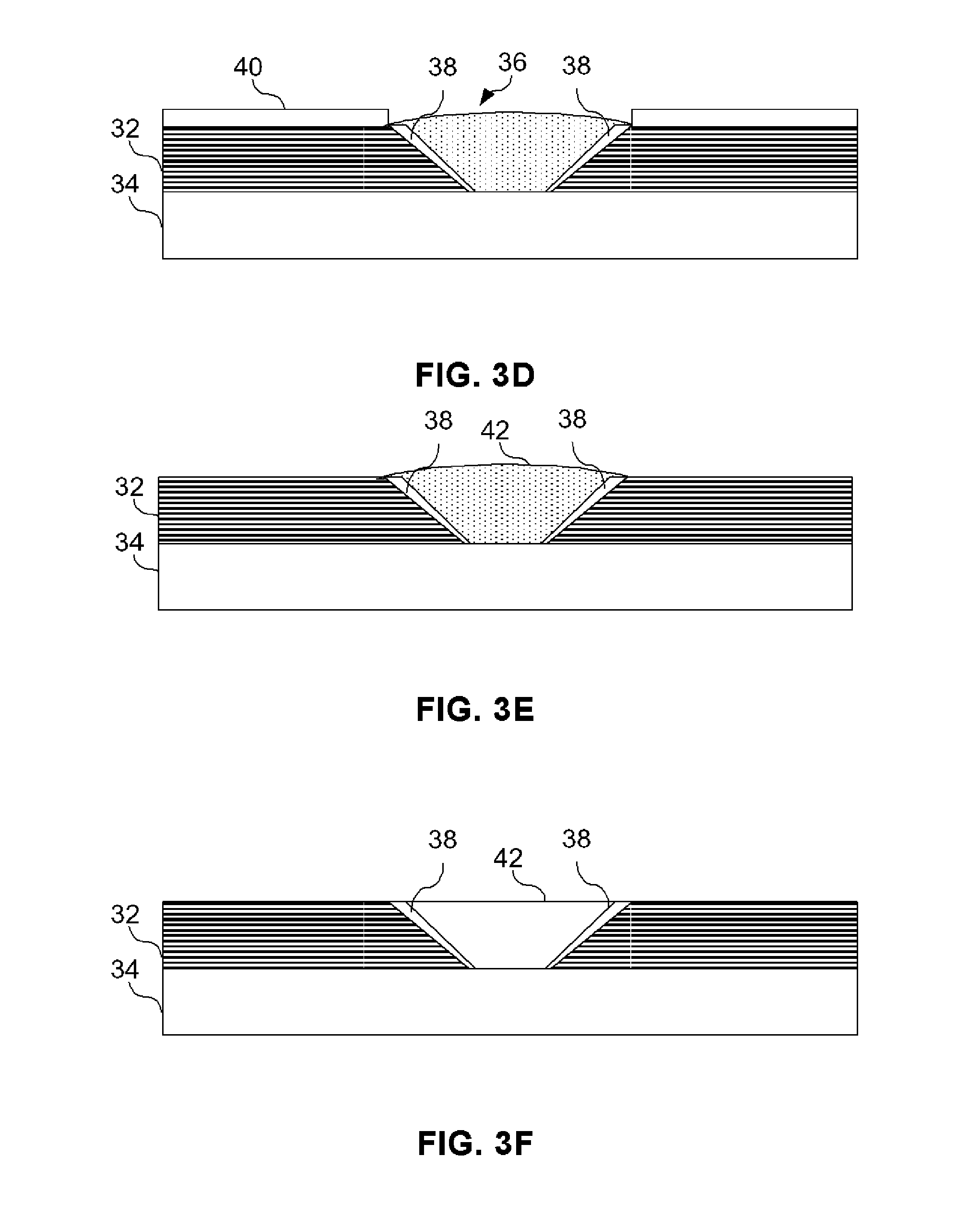Perforated composites for joining of metallic and composite materials
a composite material and perforated technology, applied in the field of structural joints, can solve the problems of inability to meet the requirements of quality assurance, difficulty in ensuring the quality of the jointing method, so as to increase the load carrying capacity of the in-situ shaped fastener
- Summary
- Abstract
- Description
- Claims
- Application Information
AI Technical Summary
Benefits of technology
Problems solved by technology
Method used
Image
Examples
Embodiment Construction
[0019] Embodiments of the present invention are illustrated in the FIGURES, like numerals being used to refer to like and corresponding parts of the various drawings.
[0020] Embodiments in the present invention provide a system and method of joining structural members. This method involves aligning the first structural member to a metallic substrate wherein the first structural member has at least one shaped or tapered cavity. A metallic or other like material suitable to be deposited using cold spraying technology is placed in the tapered cavity to form an in-situ shaped or tapered fastener that is bonded to the metallic substrate. Cold spray technology (also referred to as kinetic metallization) is a metal deposition process in which a powder alloy is entrained in a gas stream traveling at near supersonic speeds. The high speed impact of the powder particle upon a surface results in a high degree of deformation in the particle and leads to a combination metallurgical and mechanica...
PUM
| Property | Measurement | Unit |
|---|---|---|
| stand-off distances | aaaaa | aaaaa |
| metallic | aaaaa | aaaaa |
| weight | aaaaa | aaaaa |
Abstract
Description
Claims
Application Information
 Login to View More
Login to View More - R&D
- Intellectual Property
- Life Sciences
- Materials
- Tech Scout
- Unparalleled Data Quality
- Higher Quality Content
- 60% Fewer Hallucinations
Browse by: Latest US Patents, China's latest patents, Technical Efficacy Thesaurus, Application Domain, Technology Topic, Popular Technical Reports.
© 2025 PatSnap. All rights reserved.Legal|Privacy policy|Modern Slavery Act Transparency Statement|Sitemap|About US| Contact US: help@patsnap.com



